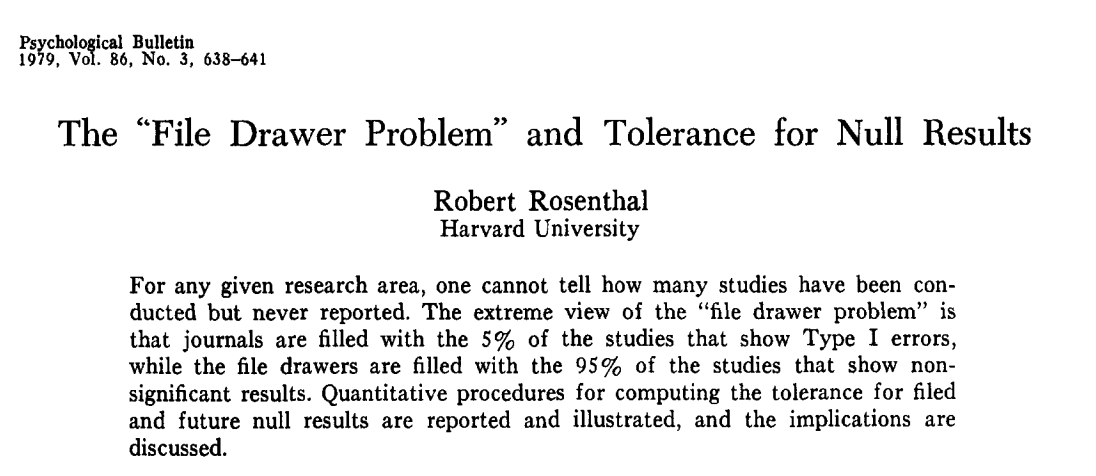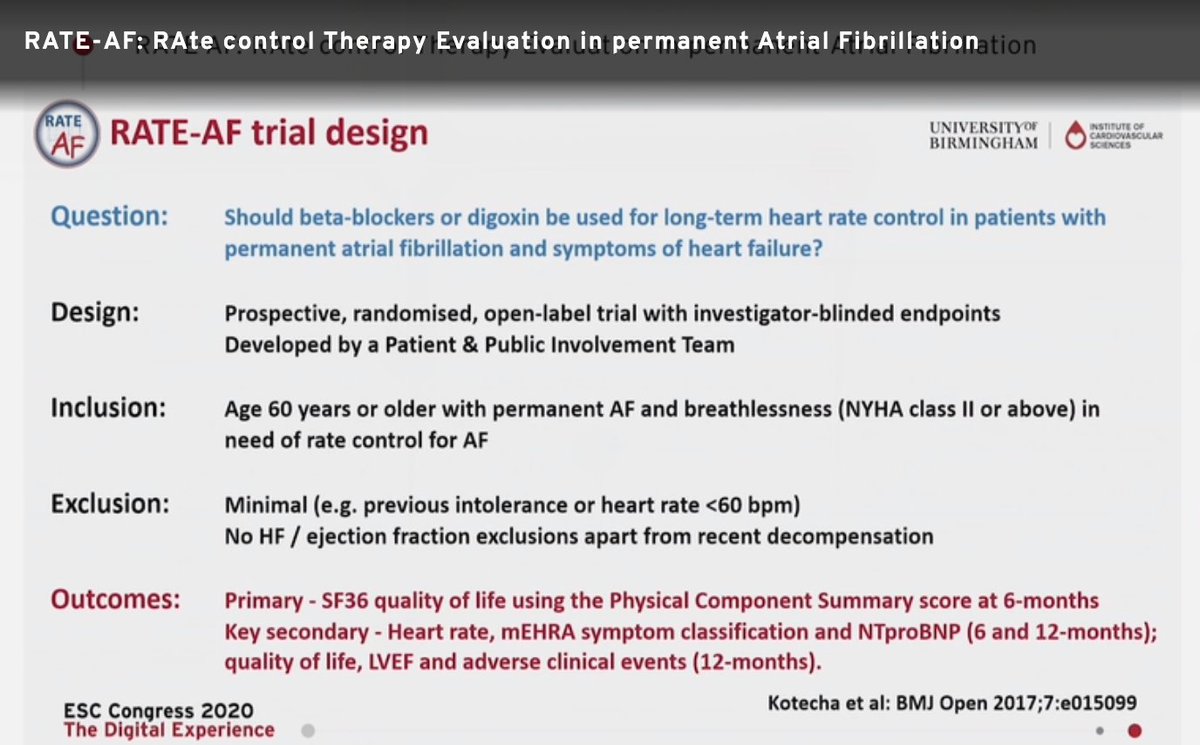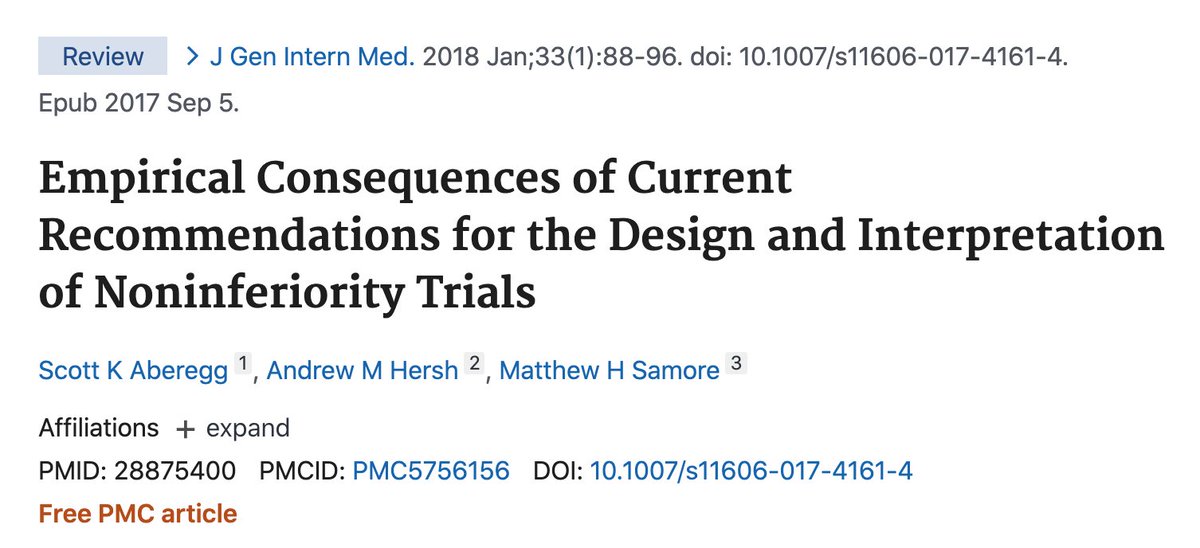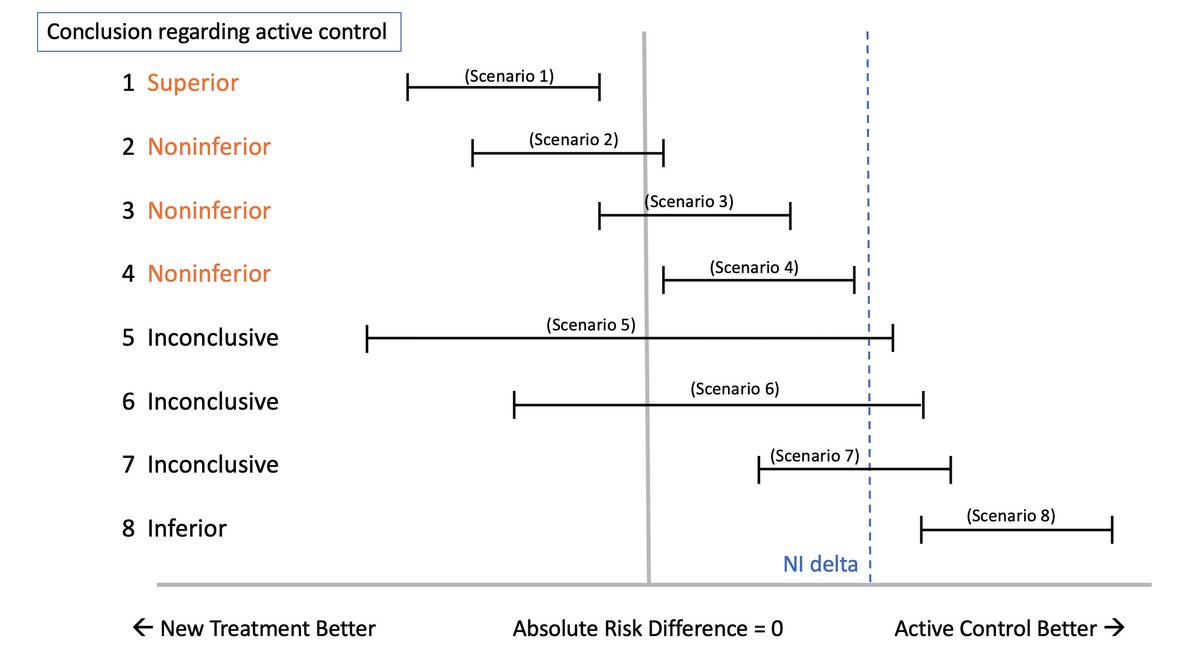
When sacubitril/valsartan crushed it in 2014 in PARADIGM-HF for HFrEF, there were a few voices of criticism.
At #ACC21 the PARADISE-MI of entresto vs ramipril in post-MI patients w heart failure failed to show significance.
My summary
medscape.com/viewarticle/95…
Thread/
At #ACC21 the PARADISE-MI of entresto vs ramipril in post-MI patients w heart failure failed to show significance.
My summary
medscape.com/viewarticle/95…
Thread/
The specific message is obviously that based on this study, sac/val has no role over ACE/ARB in post-MI patients with heart failure and LV dysfunction.
We cannot ignore costs of care. And low BP was worse in the ARNI group.
We cannot ignore costs of care. And low BP was worse in the ARNI group.
The larger message--there is nearly always a larger message--is that we may have over-estimated this drug class.
It missed significance now in 2 of 3 outcome trials.
In PARAGON-HF of HFpEF and now PARADISE-MI.
Re PARADIGM, we know large effect sizes often don't replicate
It missed significance now in 2 of 3 outcome trials.
In PARAGON-HF of HFpEF and now PARADISE-MI.
Re PARADIGM, we know large effect sizes often don't replicate
Another larger message is that of #medicalconservativism and that perhaps we ought to have 2 confirmatory trials before widespread acceptance and regulatory approval.
What if PARADIGM-HF is redone with equal dose valsartan as the comparator instead of enalapril?
What if PARADIGM-HF is redone with equal dose valsartan as the comparator instead of enalapril?
Let me know what you think about my arguments on @theheartorg piece
Thanks to @kaulcsmc and @VPrasadMDMPH who are both cited in the piece.
Thanks to @kaulcsmc and @VPrasadMDMPH who are both cited in the piece.
• • •
Missing some Tweet in this thread? You can try to
force a refresh











